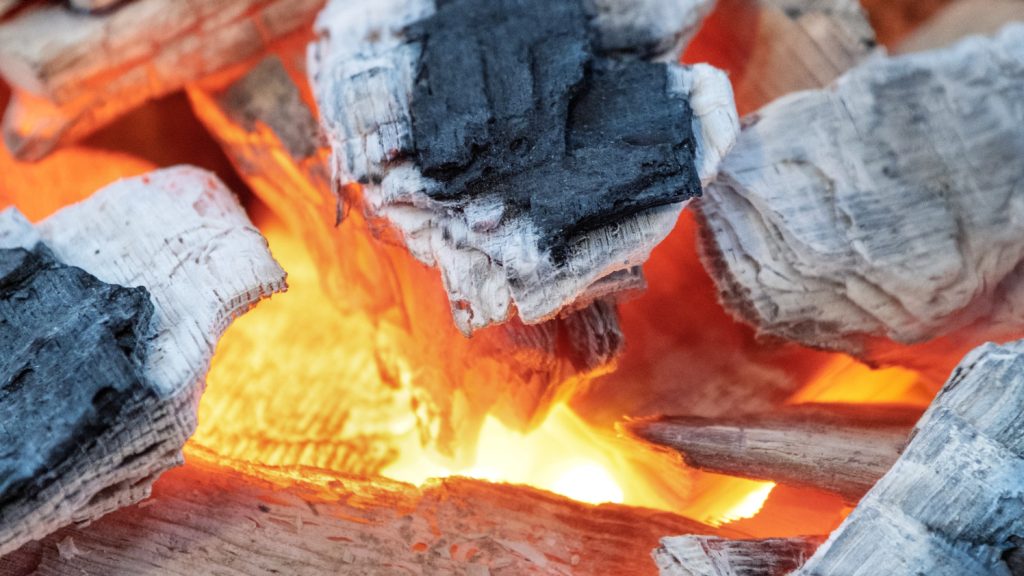
In the world of sustainable agriculture and climate solutions, biochar has been quietly making waves. If you’ve never heard of it, biochar might sound like something from a sci-fi movie. But this unassuming material is both ancient and cutting-edge, holding immense potential for improving soil health and fighting climate change.
Let’s break down why biochar deserves your attention.
What Is Biochar?
At its core, biochar is a form of charcoal made by heating organic materials—like agricultural waste or wood chips—in a low-oxygen environment. This process, called pyrolysis, transforms the biomass into a stable, carbon-rich material that can be added to soil as a powerful amendment.
While its modern applications are exciting, biochar is far from new. Indigenous peoples of the Amazon have been using a form of biochar, known as “terra preta,” for centuries to enrich their soils. Today, we’re rediscovering its benefits, backed by scientific research.
Carbon Sequestration: Locking Away Carbon for Centuries
One of biochar’s standout features is its ability to sequester carbon. During pyrolysis, the carbon from organic matter is locked into a stable form rather than being released into the atmosphere as CO2. When applied to soil, this carbon can stay put for hundreds, even thousands, of years.
In a time when reducing greenhouse gas emissions is critical, biochar offers a win-win: it not only prevents carbon from re-entering the atmosphere but also puts it to work improving soil. This makes biochar a key player in regenerative agriculture and climate mitigation strategies.
A Haven for Beneficial Microbes
Soil health isn’t just about minerals; it’s about life. Healthy soil teems with bacteria, fungi, and other microorganisms that play essential roles in plant growth. Here’s where biochar shines: its porous structure creates a perfect habitat for these beneficial microbes.
Think of biochar as a microbe hotel. Its nooks and crannies provide shelter, while its surface can hold onto nutrients and water, making them more accessible to plants. By enhancing microbial activity, biochar helps create a more vibrant and resilient soil ecosystem.
Supercharging Soil
On top of its microbial benefits, biochar improves soil in other tangible ways:
- Water Retention: Biochar’s porous nature helps soil hold onto water, reducing the need for irrigation and making it a game-changer in drought-prone areas.
- Nutrient Efficiency: It acts like a sponge for nutrients, preventing them from leaching away and making them more available to plants.
- pH Balancing: In acidic soils, biochar can help raise the pH, creating a more hospitable environment for plant roots.
The result? Healthier plants, higher yields, and less reliance on chemical fertilizers.
How to Use Biochar
If you’re a gardener, farmer, or land manager, incorporating biochar is straightforward. Here are a few tips:
- Charge It First: Raw biochar can initially absorb nutrients from the soil, so it’s best to “charge” it by mixing it with compost, manure, or a nutrient solution before application.
- Mix It In: Incorporate biochar into the topsoil, typically at rates of 5-10% by volume, depending on your soil’s condition and needs.
- Monitor Results: Like any soil amendment, the benefits of biochar depend on your specific conditions. Experiment and adjust as needed.
Biochar: A Tool for the Future
As we face growing challenges in agriculture and climate change, solutions like biochar offer hope. By turning waste into a valuable resource, biochar embodies the principles of circular economy and sustainable living. Whether you’re looking to boost your garden’s productivity or contribute to a healthier planet, biochar is worth exploring.
It’s not just a soil amendment; it’s a step toward a more sustainable future.